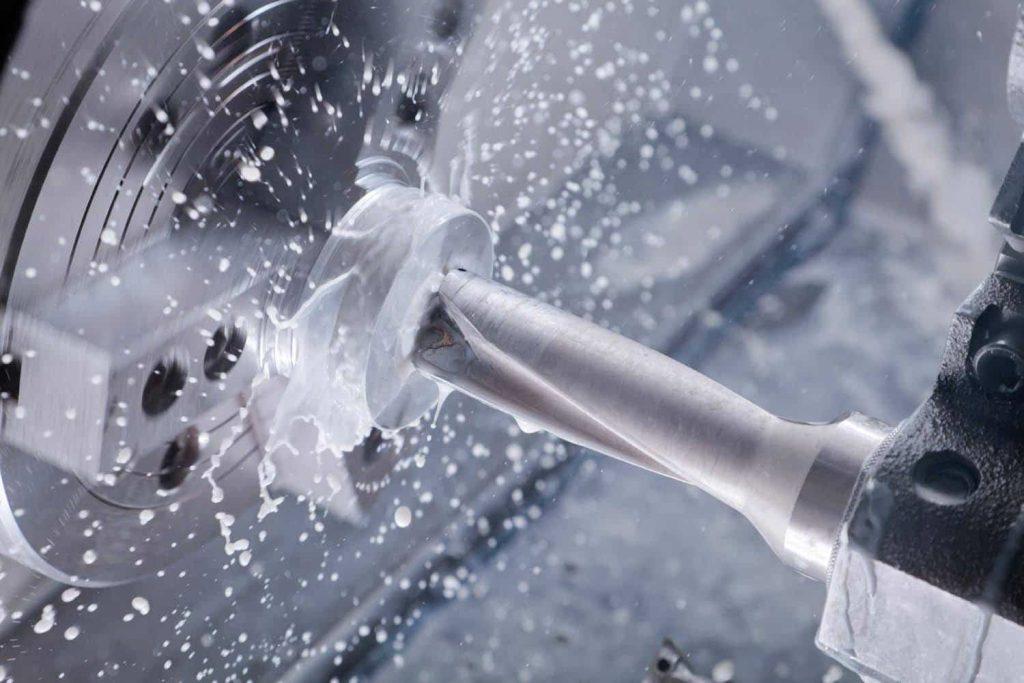There are a variety of finishing techniques available for plastic parts, depending on the desired aesthetic and functional properties. Some of the most common finishing techniques include:
- Mold texturing: This entails adding texture to the part's surface during the molding process. This may be done to increase grip, lessen friction, or add aesthetic appeal.
- Painting: Painting is a popular method for giving plastic parts color and environmental protection. Depending on the desired finish, a range of paint kinds and application techniques can be utilized.
- Plating: Placing a thin layer of metal on the surface of a plastic component is known as plating. Electrical conductivity, corrosion resistance, and wear resistance can all be improved using this.
- Polishing: A plastic part's surface can be made smoother by the process of polishing. This might be done to enhance the part's look, lessen friction, or make cleaning it simpler.
- Deburring: Deburring is the procedure used to remove burrs and jagged edges from plastic components. This may be done for the part's safety or to make it seem better.
Other finishing techniques that can be used on plastic parts include:
- Heat sealing: This involves melting the surfaces of two or more plastic items in order to join them together. This can be used to create airtight and watertight seals.
- Ultrasonic welding: This requires employing ultrasonic vibrations to melt and fuse the surfaces of two or more plastic components. This can be used to create joints that are sturdy and durable.
- Adhesive bonding: In order to join two or more plastic components together, an adhesive must be used. This can be used to create joints that are sturdy and durable.
If you are unsure which finishing technique is right for your plastic parts, it is a good idea to consult with a manufacturer or finishing specialist. They can help you to choose the best finishing technique for your specific needs and budget.

